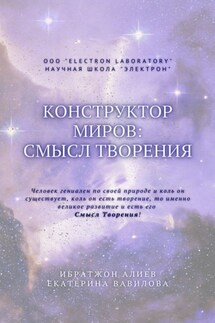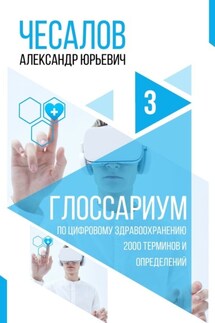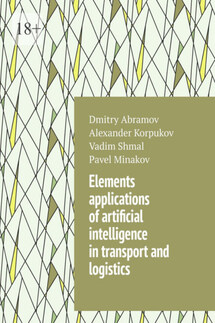Все науки. №6, 2022. Международный научный журнал - страница 29
Thus, the area available for interaction is (5).
But the ratio of this area to the entire area of the plate is equal to the ratio of the number of all particles remaining without interaction to the total number of particles, that is, it is true (6).
Now, we introduce a numerical definition for (6), and for this we integrate both parts (7) separately into (8) and (9), and then we get the overall result (10).
From here we can get the value of the interacting particles (11).
And the output power can also be calculated thanks to (12).
Hence, a jump in power is obtained, that is, a resonance when approaching the energy of the Coulomb interaction in a nuclear reaction. It is this process that is the main one in this direction, which allows for the calibration of energy to receive sharp jumps in power, and in order to implement them, it is necessary to create and develop special monoenergetic accelerators of charged particles with the first linear acceleration, then cyclotron.
Today, the only monoenergetic accelerator in the world is being developed by Electron Laboratory LLC together with the Joint Institute for Nuclear Research and the Federal State Unitary Enterprise Dmitry Vasilyevich Efremov Research Institute of Electrophysical Equipment and other organizations.
To describe the accelerator itself, it is enough to cite a small quotation from the monograph of Aliyev I. H. «New parameters for nuclear reactions for the implementation of charged particle accelerator LCU-EPD-300»:
«When the urgency of the problem of energy starvation on a planetary scale has been proven and demonstrated more than once, the problem of the need to create a device and method for generating electric energy with high efficiency on an extremely large scale, which would allow solving this problem and opening the way for a whole range of numerous projects and scientific works in need of such a source of electric energy, becomes the following a stage in the development of this large project.
And since the necessary research was carried out in the field of searching for such a source and method of energy generation, nuclear reactions were finally recognized as a solution that would increase their own cross-section, therefore, both the probability of passing the reaction itself and the number of active reactions, which of course is directly related to the overall efficiency of the entire nuclear reaction. What follows when taking into account that the energy of the flying particles from the nuclear reaction, in the entire particle picture, is the total voltage, and the number of flying particles, due to their charge, creates a parameter of the current strength of the system.
Due to the fact that the energies are selected in such a way that after passing the Coulomb barrier, the particle has an energy equal to the energy of its thermal counterpart and this fact alone increases the effective cross-section of the entire nuclear reaction into which the particle enters, then such nuclear reactions can be called resonant, due to the fact that they cause resonance in the system and only this they increase the overall efficiency of the entire process.
Resonant nuclear reactions were first discovered in September 2021, after which active research was carried out, which led to a number of publications, the most significant of which was made in December 2021, which is the monograph of Aliyev I. H. and Sharofutdinova F. M. «The use of accelerators and the phenomena of collisions of elementary particles with high-order energy to generate electric energy. The Electron Project», which led to research in the field of searching for this method for 12 years, taking into account that the search in the field of atomic nucleus and elementary particle physics, as well as quantum physics, took place for a significant 5 years. The name of resonant nuclear reactions was given to these systems in January 2022 by Karimov Bokhodir Khoshimovich and appears for the first time in this research.









